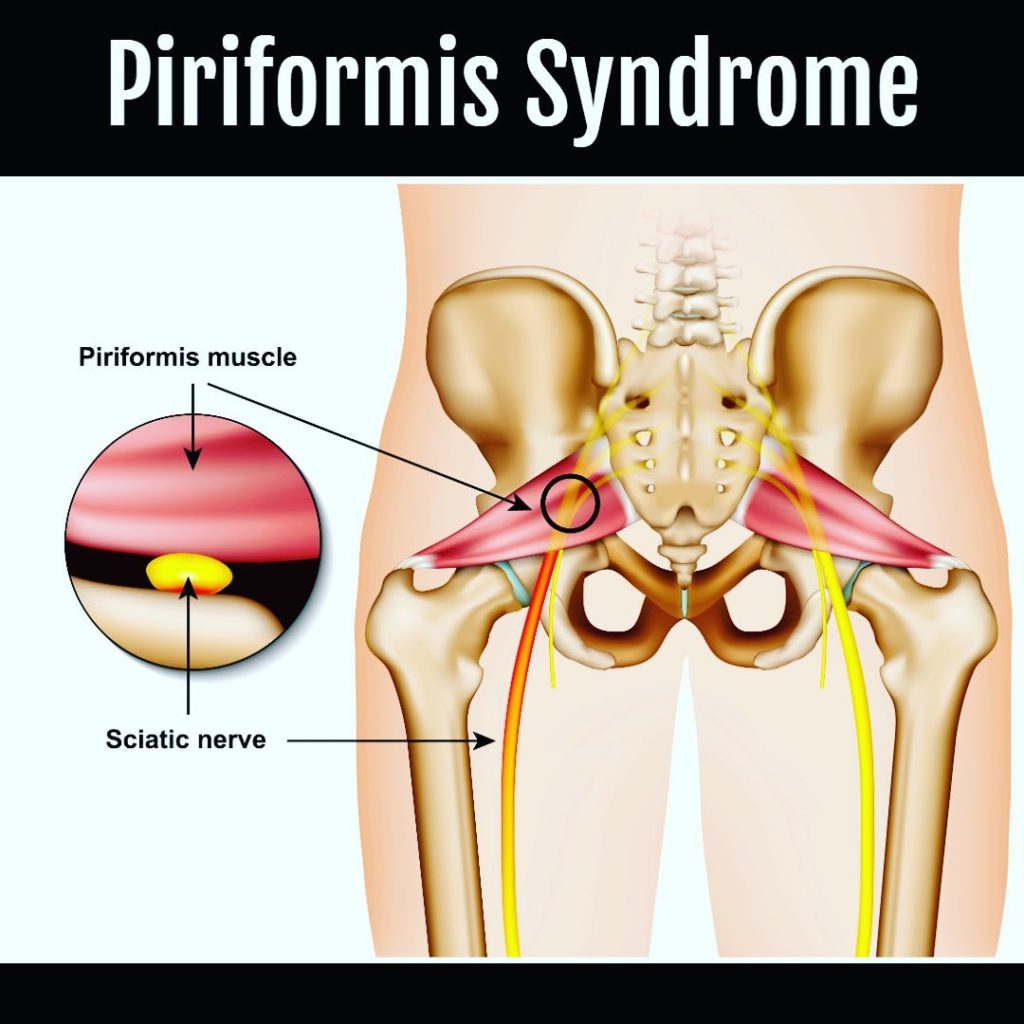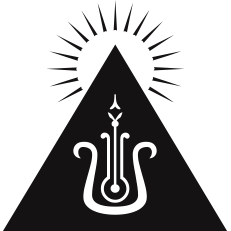Sciatica is referred to as back pain caused by a problem in the lower back area that triggers pain in the sciatic nerve. The sciatic nerve is a large nerve that runs from the lower back down the legs, on both sides. The sciatic nerve provides a connection of the nervous system to the muscles of the leg, the foot, and the skin.

When something injures or creates pressure on the sciatic nerve, it can cause pain in the lower back that radiates to the hips, gluteal muscles, and the legs. The pain usually affects only one leg at a time and may get worse when you sit, cough, or sneeze. Numbness, weakness, or tingling sensations are common during the sciatic condition. The symptoms of sciatica can appear abruptly and can last for days or weeks.
People who get sciatica pain are usually 25 years old and older. Women can be more likely to develop sciatica during pregnancy due to the pressure on the sciatic nerve. Other causes that can cause sciatic pain can be a herniated disk, degenerative conditions of the spine, chronic muscular tension, poor postural habits, and weakness in the core and lower back.

The sciatic nerve runs underneath or through the piriformis muscle. Piriformis is a small muscle, located deep in the buttock, diagonally from the lower spine to the upper surface of the femur. The piriformis muscle helps the hip rotate, turning the leg and foot outward. When piriformis muscle spasms, it adds pressure on the sciatic nerve, this can trigger symptoms of sciatica, like severe pain and discomfort. Piriformis syndrome is more common in women.

One common reason for triggered piriformis that effects man is the sitting on a thick wallet in the back pocket of pants. A fat wallet can trigger piriformis syndrome and can aggravate the sciatic nerve. You can avoid this problem by removing the wallet while sitting down.
Inflammatory processes of the sacroiliac joints, the spot where the lower spine connects to the pelvis can cause sciatic pain. Other causes of sciatica include muscle inflammation, infection, or injury, such as a fracture. In general, any condition that irritates or compresses the sciatic nerve can trigger symptoms. In some cases, no specific cause of sciatica can be found.
If your pain has been going on over two weeks, you should stop waiting for it to go away on its own and see a specialist. To determine whether you have sciatica will ask you how the pain started and where exactly located. They will perform muscle tests to determine if your sciatic nerve is irritated. These muscle tests can include doing squats, walk on your heels or toes, or raise your legs without bending the knees.
Your doctor may order imaging tests, such as an MRI, a CT scan, or X-rays. These tests will help to get more information about the location and cause of the irritated nerve, can provide useful pictures of the spinal cord and nerves, and help to identify bony abnormalities. In some severe cases of sciatic issues related to damaged discs, surgery might be recommended.
If you think and feel that you are having sciatic pain, here are steps you can take at home to ease your pain. A heating pad or ice pack may be especially helpful. Apply the heat or ice for about 20 minutes every two hours. Experiment to see which provides more relief, or try alternating between the two. Over-the-counter pain relievers can provide short-term relief from sciatica as well. Pain management doctor may give you a steroid injection directly to the area around the sciatic nerve, to reduce the inflammation and help you with pain relief.
While sciatica is healing, you should try to remain active. Movement can help reduce your inflammation and pain. Seeing a physical therapist is also a good idea to learn how to stretch your leg and lower back muscles gently. Practicing qigong and yoga can help you stabilize the affected areas and strengthen your lower back and core muscles. These can help you with the prevention of future sciatica episodes. Depending on your physical and medical condition, specific exercises may not be recommended.

It is known that acupuncture, therapeutic exercise chiropractic adjustments, and clinical massage can help to relieve sciatic lower back pain. For years, time after time, I’ve seen that specifically, my style of clinical massage therapy works for patients with sciatic pain. People usually come in without being able to make a single movement without pain and leave the office feeling lighter, looser, and with improved range of mobility. It might sound too good to be true, but it is the truth. My style of clinical massage therapy is a very effective treatment for sciatica.
So, please give me a call or email me about your conditions, and let’s talk and determine if I can be of any help to you. Usually, for the first treatment, people come in for a sixty-minute treatment to try and see if it would work for them. And typically, they feel a little better right after the first visit. They leave my office with a little less pain and a bit bigger smile. For years patient’s feedback has been that after a clinical session with me, they feel better for a few days after. Based on your condition and my findings from the first visit, I make recommendations for a treatment plan. I will also make suggestions about what else could be done to improve your situation and prevent future sciatic episodes. So, please give me a call at 732-766-0897 or email me at hi@zar.ink so we can talk about your condition and hopefully help you feel better.
To learn more about Hayk’s Clinical Massage style and to make your clinical massage appointment in Cranford NJ Call 732-766-0897 or email hi@zar.ink
Based on your requests and needs, every clinical massage session will be tailored and personalized for your specific needs and the results you desire.
By appointments only.
Finest quality guaranteed!
